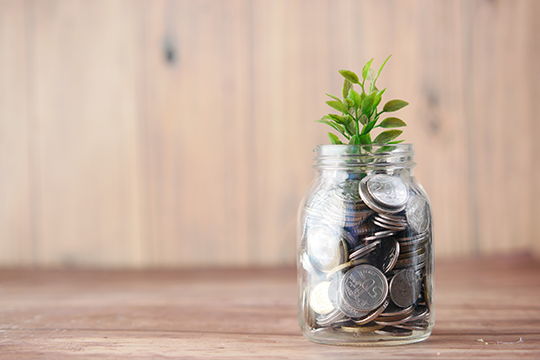 Pic@Towfiqu Barbhuiya on Unsplash
Pic@Towfiqu Barbhuiya on Unsplash
Two new financial institutions from Brazil and Washington, D.C., today joined a growing green financing movement that uses relatively small pools of public funds to attract substantially larger private funds to invest in renewable energy, energy efficiency and other low-carbon technologies and projects aiding the shift from fossil fuels to a climate-friendly future.
The two new members—Minas Gerais Development Bank (BDMG) of Brazil, a state-level development bank, and the D.C. Green Bank of the United States, a city-level green bank created to support a thriving, sustainable capital city for all—joined the Green Bank Network at an official side event held during the COP26 global climate talks in Glasgow.
The event titled, “Banking on Green: The role of green banks and development finance institutions in mobilizing private investments into climate solutions,” was organized by Green Bank Network, Green Bank Development Platform, Inter-American Development Bank, Latin American Association of Development Financing Institutions, Minas Gerais Development Bank and NRDC (Natural Resources Defense Council.)
“All over the world, green banks are pioneering the right financing products and platforms for the clean energy transition. Development banks have a long history of fighting poverty through opportunity and financial inclusion, helping grow strategic new sectors, and supporting small businesses,” said Doug Sims, senior director at NRDC. “Now, the worlds of green banking and development banking are coming together as essential tools of sustainable and equitable development.”
COP26 has four key goals, one of which is on pushing developed countries to step up and increase their financial contributions to a crucial international fund established to help developing countries finance the clean energy projects and avoid harmful impacts from climate change. Green banks are trusted local partners based in developing countries that can leverage and direct this funding to projects that fight climate and build local communities.
Green banks—specialized standalone financial institution, separately managed green facilities or renovated development banks —are a proven model that can help rapidly draw private capital toward climate solutions.
Since mid-2021, Green Bank Network members invested or committed $50.4 billion in public funds to leverage private financing that support climate solutions around the world worth a total of $134 billion. These clean energy investments will avoid 48.03 million metric tons of carbon dioxide emissions annually, equal to taking 22.4 million cars off the road.
Green banks are needed because, while public investment in new projects and technologies is critical, it isn’t enough to limit global warming to 1.5 degrees Celsius above preindustrial levels.

